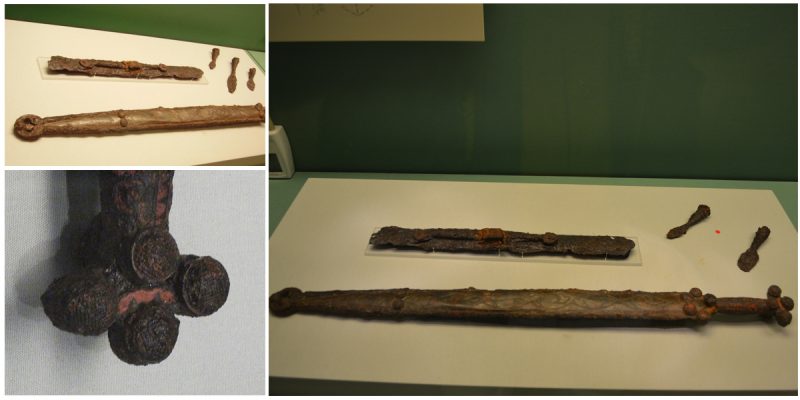The small village of Kirkburn is located on the edge of East Yorkshire in England. It is also a civil parish formed by the village with neat houses in typical cottage design.
The village originally was known as Westburn, and it was changed to Kirkburn after the St Mary’s Church was built in 1139. This church was designated a Grade I listed building, and today it is maintained by Historic England.
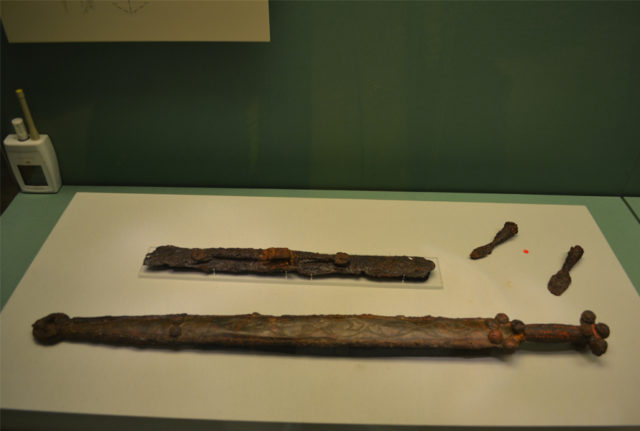
The village became known to the world after a major archaeological find in 1987. It was a relic found in a grave from the 3rd century BC which is known as the Kirkburn Sword. This sword is the best-preserved sword from the Iron Age in Europe. The sword and its scabbard were buried with a young man who was placed in a crouched position; his knees were pulled toward his chest. The scabbard and the sword were positioned behind his back.
This was a part of the burial ceremonies of the Arras culture of East Yorkshire. As part of the burial ritual, pig’s remains were placed on the man’s chest.
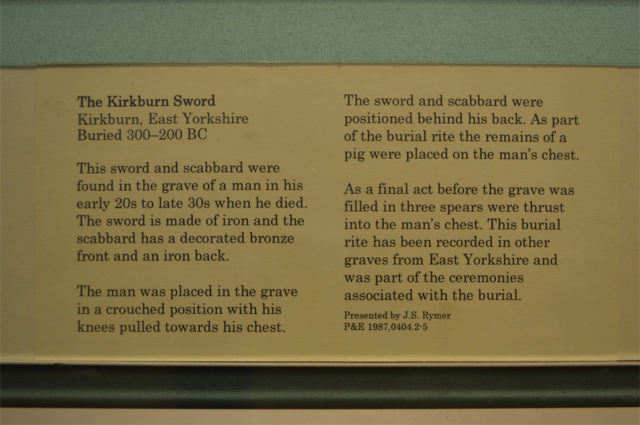
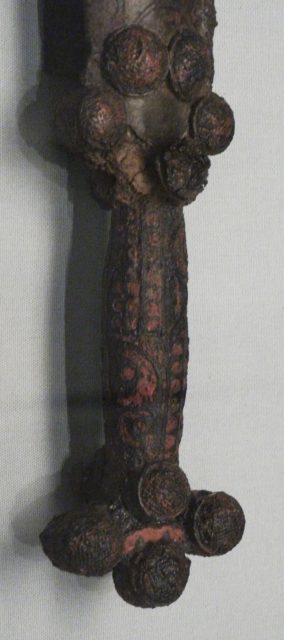
The culture got its name after a cemetery in East Yorkshire called Arras. Also, a chariot burials were part of this culture, and there are finds of this kind of burials in the British Museum which were discovered just 11 yards away from the young man with the Kirkburn Sword.
According to many suggestions, these chariots were used to convey the dead to the afterlife. When the sword was found many historians and archaeologists were focused on how it was made and decorated because it is a stunning piece of work.
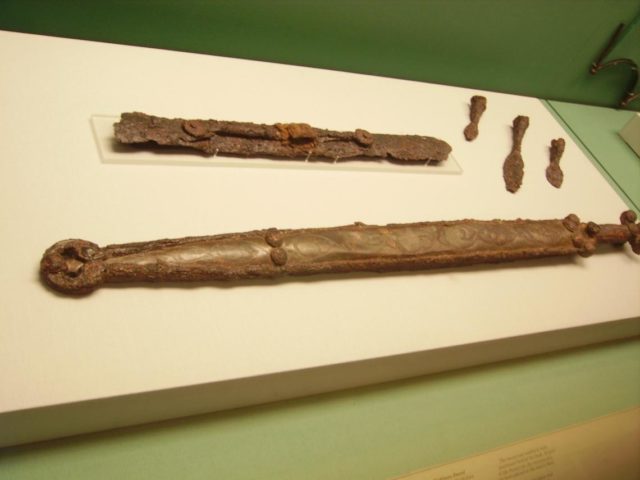
The sword was made from iron, while the scabbard was made from iron and polished bronze. The handle, decorated with red glass, was made up of 37 pieces of iron, horn, and bronze.
Its blade is almost two feet long, and the handle is plus five inches. According to the British Museum, this is one of Stead’s ‘Group E’ swords, a northern type generally thought to have been produced in the 2nd and 3rd centuries BC. The sword is on permanent display in the British Museum, and many visitors are amazed by its artistry.
